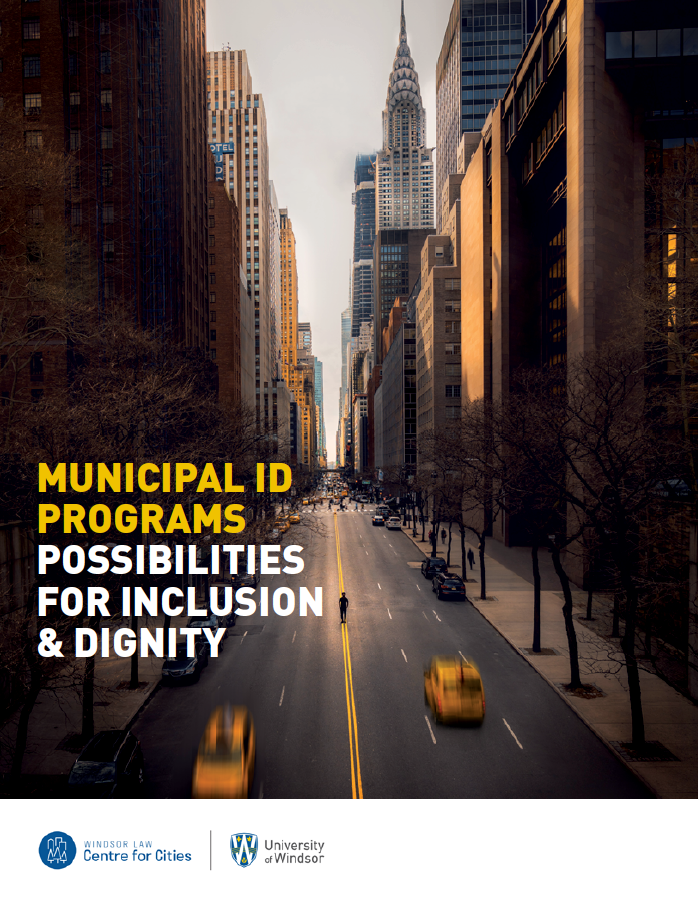
Kristin Thomasen: Robots, Regulation, and the Changing Nature of Public Spaces
Robots are an increasingly common feature in North American public spaces. From regulations permitting broader drone use in public airspace and autonomous vehicle testing on public roads, to delivery robots roaming sidewalks in major U.S. cities, to the announcement of Sidewalk Toronto – a plan to convert waterfront space in one of North America’s largest cities into a robotics-filled smart community – the laws regulating North American public spaces are opening up to robots. In many of these examples, the growing presence of robots in public space is associated with opportunities to improve human lives through intelligent urban design, environmental efficiency, and greater transportation accessibility. However, the introduction of robots into public space has also raised concerns about, for example, the commercialization of these spaces by the companies that deploy robots; increasing surveillance that will negatively impact physical and data privacy; or the potential marginalization or exclusion of some members of society in favour of those who can pay to access, use, or support the new technologies available in these spaces. The laws that permit, regulate, or prohibit robotic systems in public spaces will in many ways determine how this new technology impacts public space and the people who inhabit that space. This begs the questions: how should regulators approach the task of regulating robots in public spaces? And should any special considerations apply to the regulation of robots because of the public nature of the spaces they occupy? This paper argues that the laws that regulate robots deployed in public space will affect the public nature of that space, potentially to the benefit of some human inhabitants of the space over others. For these reasons, special considerations should apply to the regulation of robots that will operate in public space. In particular, the entry of a robotic system into a public space should never be prioritized over communal access to and use of that space by people. And, where a robotic system serves to make a space more accessible, lawmakers should be cautious to avoid providing differential access to that space through the regulation of that robotic system.
Read full article here.


